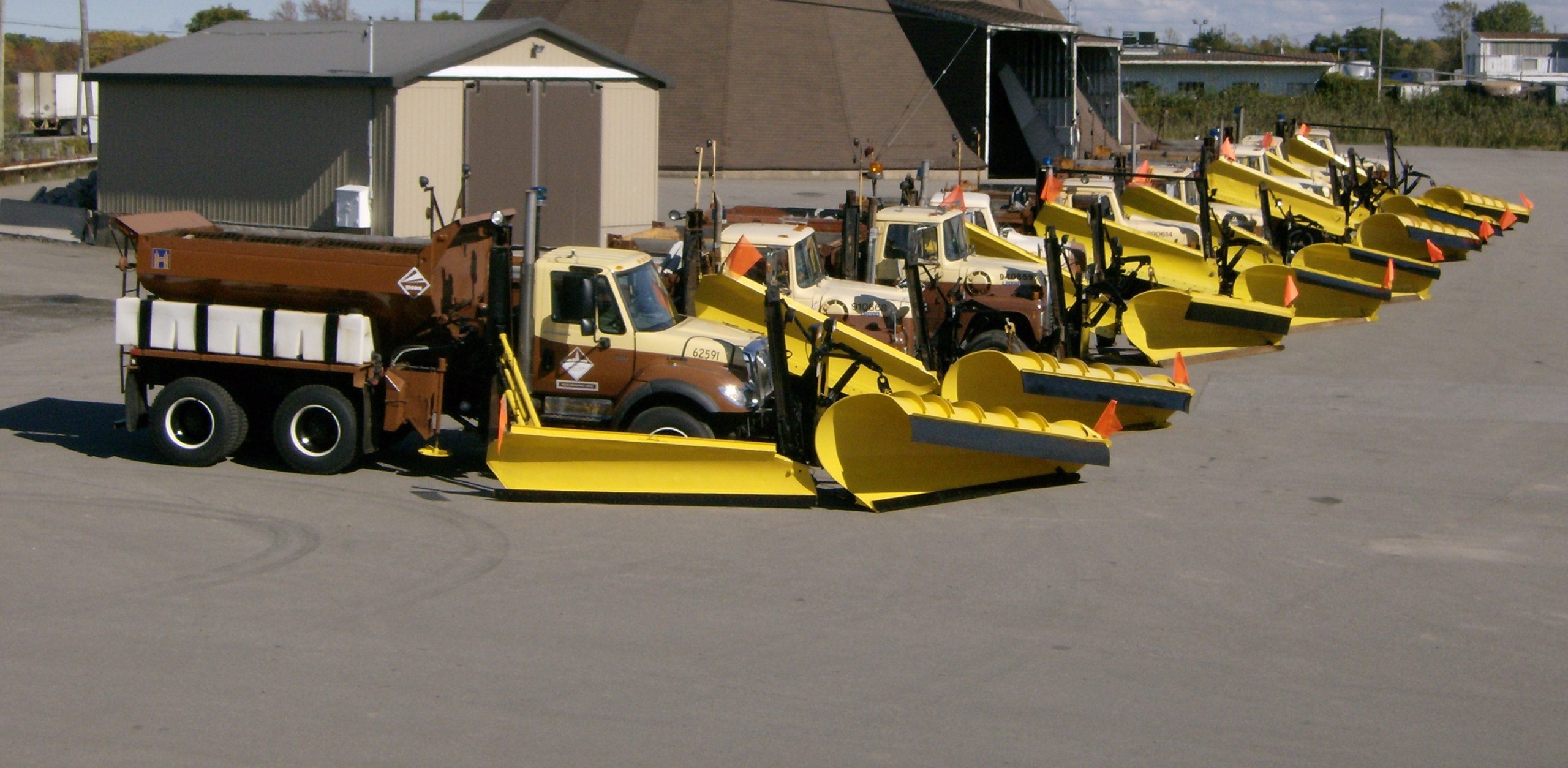
[help]
The Miller Group
Powerfleet’s AI-Powered Solutions Power Safety and Sustainability for The Miller Group’s Diverse Fleet Operations.
Challenge: In a Hyper-competitive Market, Do More with What You Have to Cut Costs
Five years ago, a leading multinational food & beverage company deployed Powerfleet’s® forklift telematics system to improve material handling safety. The project was a big success. Based on its initial return on investment (ROI), the Company rolled out Powerfleet on more than 2,500 pieces of material handling equipment across almost 100 of its food and beverage manufacturing and distribution sites in North America.
But with more than $60 million invested in its material handling fleet—and a labor cost of over $200 million to run that fleet—the Customer wanted to find out if Powerfleet could save it even more money.
This Company has a long history of using cutting-edge supply chain technology. For example, it is a leader in blockchain technology for sharing data securely across the food supply chain to help ensure food safety. The Company’s Center of Excellence (CoE) focuses on continuous improvement in manufacturing and distribution, with data as its life blood.
To find new ways to reduce material handling costs, one of the key data sets the CoE wanted to understand better was the relationship between lift truck safety and productivity.
With Powerfleet forklift telematics already in place across the Company’s entire fleet of lift trucks, the CoE didn’t have to look far to find the data-driven solution it needed.
Solution: Powerfleet IQ™ Forklift Analytics
To gain deeper insight into the cost of lift truck safety vs. operator efficiency vs. material handling velocity, the Company licensed Powerfleet IQ Analytics, a Powerfleet software option, to link data from multiple sources.
Specifically, the Company wanted to use Powerfleet IQ to blend these data ingredients:
Before launching a new technology for its material handling workforce, the Company knew from experience it needed to plan carefully and be proactive about the way it would use the data.
One of the pitfalls of data-driven technology, like Powerfleet IQ Analytics, is that the data can be overwhelming. Another challenge is translating the data into action. All too often, a flood of data is received passively, without a clear vision of what to look for or how to react.
For any new system to succeed, the people who will get the data need to know ahead of time what they will be looking for—and exactly what they are supposed to do with it.
The Company knew that for Powerfleet IQ to be most effective, key employees—lift truck operators, line supervisors, facility managers, and corporate management—needed to care about the outcome. The Company had to make more than a financial investment; it had to engage and motivate these stakeholders.
The key to making workers care is accountability. So the Company devised a “carrot-and-stick” plan with both incentives for “good” behaviors and consequences for “bad” behaviors. Using Powerfleet IQ Analytics data, the Company:
Results: Deep Data Insights Cut Forklift Damage 85% while Meeting/Exceeding Pallet-Move Goals
To better measure what sites and people needed a better balance of material handling productivity and safety, Powerfleet worked closely with the Company to integrate its Kronos® time-card system and SAP® warehouse management system (WMS) with Powerfleet IQ Forklift Analytics. This created a whole new set of integrated data points, such as:
An excerpt of the latter type of chart is shown below, with the data aggregated by site. In this example, the “Demarest” site moves almost as many pallets as “Cresskill,” but with about half as many moderate and medium impact events. The user can click on any site to drill down into individual driver performance at that site, to determine which operators were at the root of the data.
Powerfleet and the Customer also built KPI scorecards, so all the critical metrics could be digested in one quick bite. The following examples focus on, respectively, forklift fleet safety and productivity, by site. In the KPI scorecard excerpted below, the screen shows the 7-day safety rankings and 30-day trends of each site, based on their forklift fleets’ rate of high and severe impacts. Green dots indicate compliance with corporate standards; yellow dots suggest improvement is needed. (Red dots would indicate a site’s performance is unacceptable.)
The next KPI scorecard excerpt ranks sites by forklift fleet efficiency, based on the amount of time vehicles spend in motion compared to the time vehicle operators are logged into the equipment. The “Demarest” site makes the most efficient use of its equipment—it has the highest ratio of motion (time vehicles are moving) to login (time drivers are logged in)—even though the site is average in its total hours of equipment usage. Conversely, although “Montvale” seems to be among the busiest sites, in terms of total hours of equipment usage, it is actually the lowest-performing in its ratio of vehicle motion time to driver login time.
“Powerfleet IQ Analytics drove much safer lift truck operations without a loss of material velocity: 85% less forklift damage and 100% of target pallet moves … for over $2 million in cost savings across the enterprise.”
The first key role of Powerfleet IQ was to validate data accuracy. One KPI scorecard monitored the health of system components—particularly to confirm that the Powerfleet vehicle-mounted hardware was collecting data normally and attributing it to identified operators. With validated data flowing smoothly, the Company went through a period of analysis over several months, without acting on the data. This enabled the Company to set expected benchmarks without rushing to judgment about individual operator performance. Importantly, the established benchmarks were ratios (not absolute numbers) to normalize performance across operators, vehicle types, and sites with different operating patterns.
Also significantly, Powerfleet IQ enabled different standards to be set for different vehicle types, and accounted for drivers who operated different types of vehicles in same shift or day.
Based on these benchmark ratios, the Company set up multiple KPI scorecards for different stakeholders: individual drivers (with daily, weekly, and monthly metrics); supervisors (focused on all drivers each shift); warehouse managers (with a view of the entire facility); and corporate management (with stack-ranking of all sites in a single view).
This data hierarchy enabled a rapid, logical flow of information and decisions. Corporate management identified high- and low-performing sites. Facility managers saw where they ranked compared to other sites, and where they stood in relation to the target benchmarks. Line supervisors drilled down to understand which forklift operators were high achievers—and which needed refresher training. And forklift operators could see in black-and-white where they stood.
In the end, the food & beverage Company was able to drive much safer lift truck operations while maintaining high material velocity through its distribution system. The result was an 85% reduction in forklift damage costs with 100% achievement of target pallet moves.
Why Did Powerfleet IQ Analytics work so well?
“We worked with Powerfleet to integrate data from several systems and set up new benchmarks for safety and productivity. We validated the data, then analyzed it to identify specific opportunities to improve. By focusing on the sites and people that needed the most improvement, we were able to reduce forklift damage costs 85% while maintaining—or exceeding—our goals for pallet moves.”
— National Warehouse Manager
Conclusion: New Ways of Combining and Analyzing Lift Truck Data Can Radically Improve Material Handling Operations
Using Powerfleet IQ forklift analytics, this food and beverage Company was able to change the way it measured and balanced productivity (pallets moved) with safety (forklift collisions) and efficiency (active time on equipment vs. paid time). This data enabled a new approach to material handling discipline, with high-performers rewarded with financial and other incentives, and low-performers trained to improve. The bottom line was a stronger safety culture, with a new way to measure and manage productivity.
Powerfleet transforms the way organizations manage mobile business assets — like forklifts, cargo trailers, and connected cars. Our technologies control, track, analyze, and optimize hundreds of thousands of these assets all over the world. We help organizations be safer, improve efficiency, and cut costs.
“Since adding Powerfleet®, our business grew, our fleet grew, however, our need for trailers did not grow proportionately, due to the increased utilization that tracking helped provide.”
Tim Parker
Vice President of Service Operations
Forward Air
Forward Air Corporation is a leading provider of time- definite surface transportation and related logistics services to the North American air freight and expedited LTL market. In 2007, Forward Air began deploying the Powerfleet trailer tracking devices across its LTL trailer fleet, supporting deliveries through its central hub in Columbus, Ohio and 11 regional hubs to 85 cities across North America. Since implementation of the system began, Forward Air has grown its core business and added three new business groups.
“Forward Air added new services such as intermodal drayage, pool distribution, expedited truck load operations, and a door-to-door offering- Forward Air Complete,” explains Tim Parker, Forward Air’s Vice President of Service Operations. “These new services required equipment to be placed at customer locations and to occasionally be pulled by non-FAF power units. The visibility and control of our equipment was significantly reduced. Adding Powerfleet Track-and-Trace improved visibility at every location.”
After initially using Powerfleet to react to questions about how their trailers were being used, the company’s application of the system evolved with more active use, removing the need for manual yard checks. As a result, identification of misused assets became more efficient, and the manpower dedicated to daily monitoring of each site’s inventory was reduced.
Operations managers at each of Forward Air’s 85 local stations use Powerfleet to perform yard checks at their locations, as well as at customer yards that belong to their pool. The Powerfleet FleetView platform website dormancy reporting capabilities are then used to help identify excess trailers that can be eliminated from their pool.
In 2010, Forward Air began replacing their existing Powerfleet tracking devices with Powerfleet’s new Track-and-Trace product. Benefits of the low-cost device include the ability to ping for trailer location on demand, which is critical to locating stolen assets or other moving targets. With an up-to-date trailer position, drivers on trailer search missions can be routed directly for pick up, saving valuable hours of service and fuel costs dedicated to hunting for misplaced units. Maintenance budgets have also benefited from the addition of the new devices due to ease of installation and battery replacement, plus the assistance it provides maintenance managers in scheduling service.
After initially using Powerfleet to react to questions about how their trailers were being used, the company’s application of the system evolved with more active use, removing the need for manual yard checks. As a result, identification of misused assets became more efficient, and the manpower dedicated to daily monitoring of each site’s inventory was reduced.
Operations managers at each of Forward Air’s 85 local stations use Powerfleet to perform yard checks at their locations, as well as at customer yards that belong to their pool. The Powerfleet FleetView platform website dormancy reporting capabilities are then used to help identify excess trailers that can be eliminated from their pool.
In 2010, Forward Air began replacing their existing Powerfleet tracking devices with Powerfleet’s new Track-and-Trace product. Benefits of the low-cost device include the ability to ping for trailer location on demand, which is critical to locating stolen assets or other moving targets. With an up-to-date trailer position, drivers on trailer search missions can be routed directly for pick up, saving valuable hours of service and fuel costs dedicated to hunting for misplaced units. Maintenance budgets have also benefited from the addition of the new devices due to ease of installation and battery replacement, plus the assistance it provides maintenance managers in scheduling service.
The benefits of Track-and-Trace have extended to Forward Air’s customers as well. Forward Air customers can access the VIP website to monitor the location and security of their loads.
“The quick set up and intuitive format of the VIP website has allowed us to extend the value of the product directly to our customers,” added Parker. “Our customers can log in to the website and view their specific information to help them better manage their equipment and utilization levels. We also rarely have to burden our customers with manual yard checks. Instead, the customers are empowered to quickly ascertain their equipment and utilization levels.”
Powerfleet has helped Forward Air improve their trailer fleet utilization by 15%, while also improving bottom line performance by an estimated $500,000 per year.
Powerfleet transforms the way organizations manage mobile business assets — like forklifts, cargo trailers, and connected cars. Our technologies control, track, analyze, and optimize hundreds of thousands of these assets all over the world. We help organizations be safer, improve efficiency, and cut costs.
“Without Powerfleet for Logistics solutions, the odds of recovering stolen goods are low. Word is likely to be out on the street that Knight is not a desired target given our tracking capabilities.”
Richard Martin
Corporate Director of Security,
Knight Transportation, Inc.
In Long Beach, CA, a Knight Transportation driver reported that his truck and trailer were missing. The security department immediately enabled Emergency Track on its Powerfleet for Logistics system to begin the trailer location process. It was discovered that the trailer traveled throughout the previous night ending its journey in Rialto, CA at 8:51 a.m. The authorities were notified of the stolen trailer and were told exactly where it was parked, based on the last location delivered by the Powerfleet system. Surveillancewas immediately established across from a large warehouse facility.
Mission Success– The missing trailer came out of the warehouse hooked to a different tractor. The rig was followed by police and the driver was arrested. The authorities recovered all 111 televisions valued at over $100,000, as well as the tractor. Interestingly, a container was also retrieved containing fabric worth over $250,000 that wasn’t yet reported stolen. Several more arrests were made at the scene.
A Knight Transportation tractor and trailer were reported missing during a particularly busy night in the middle of the peak holiday season. Using the VeriWise system’s reporting features, authorities were able to pinpoint the last known location of the trailer in Compton, CA. Upon arrival at the site, the tractor and trailer, minus the cargo, were recovered. Knight security personnel then back-tracked through the location history of the trailer provided by the system’s best-in-class user interface. It was discovered that the trailer had been parked for several hours the night before in Long Beach, CA at the site of a warehouse and storage facility.
Victorious Recovery – A search warrant was obtained for the warehouse where the authorities found the stolen load of electronics equipment valued at over $335,000. Two additional stolen loads were recovered as well. Over 200 televisions were recovered that were shipped from China and reported stolen. In addition, a load of cosmetics was also recovered and returned to its owners.
Estimated Recovered Value: Over $1 Million. Powerfleet not only improves the efficiency of managing Knight Transportation’s trailer fleet by increasing overall trailer utilization, it also provides a critical security benefit in greatly increasing the chances of recovering stolen cargo.
Powerfleet transforms the way organizations manage mobile business assets — like forklifts, cargo trailers, and connected cars. Our technologies control, track, analyze, and optimize hundreds of thousands of these assets all over the world. We help organizations be safer, improve efficiency, and cut costs.

[help]
Powerfleet’s AI-Powered Solutions Power Safety and Sustainability for The Miller Group’s Diverse Fleet Operations.
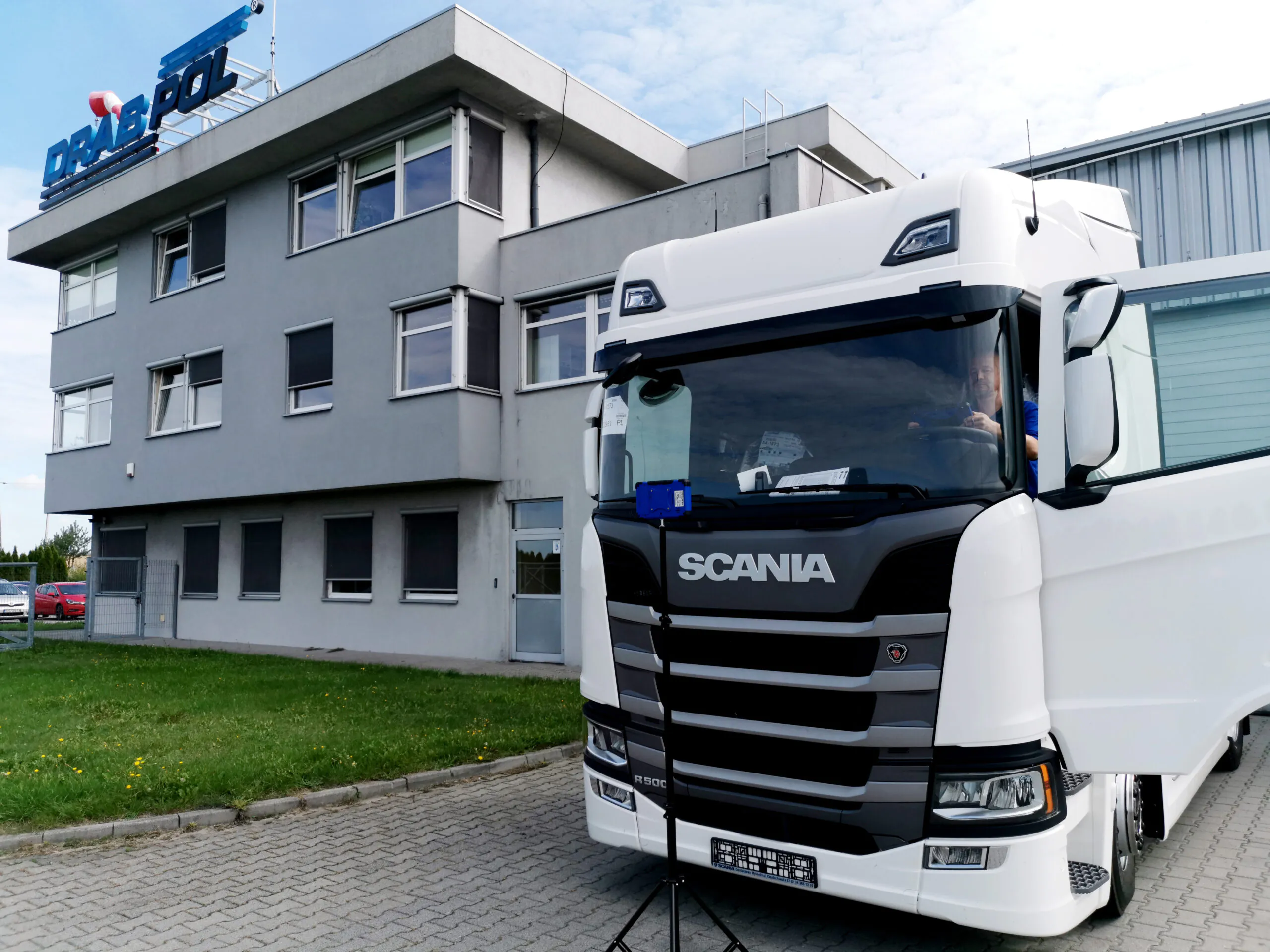
[help]
Powerfleet and DrabPol SP: Driving Safer Roads and Smarter Fleet Solutions in Poland and Ukraine

[help]
Learn more About How Powerfleet EasyCheck Enhances Fleet Safety, compliance and Uptime.
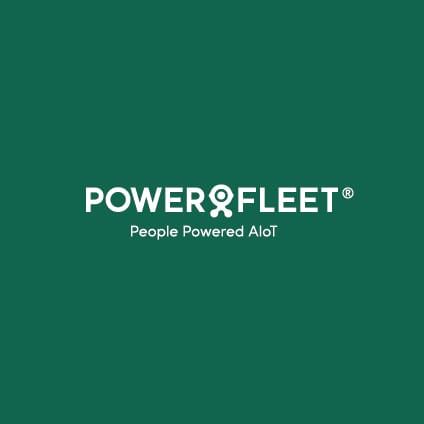
[help]
Powerfleet’s Pedestrian Proximity Detection uses intelligent cameras to identify people and vehicles in industrial environments, helping to prevent accidents before they happen. The system provides alerts without requiring special apparel and delivers actionable analytics to enhance workplace safety.

[help]
In this testimonial video, learn how our integrated system enables real-time visibility of forklift activities, enhances safety protocols, and provides actionable data for better operational decision-making and resource planning

[help]
Unity is Powerfleet’s robust end-to-end AIoT data highway. It unifies operations to transform business performance across key market drivers, keeping businesses operating safely, compliantly, and sustainably.
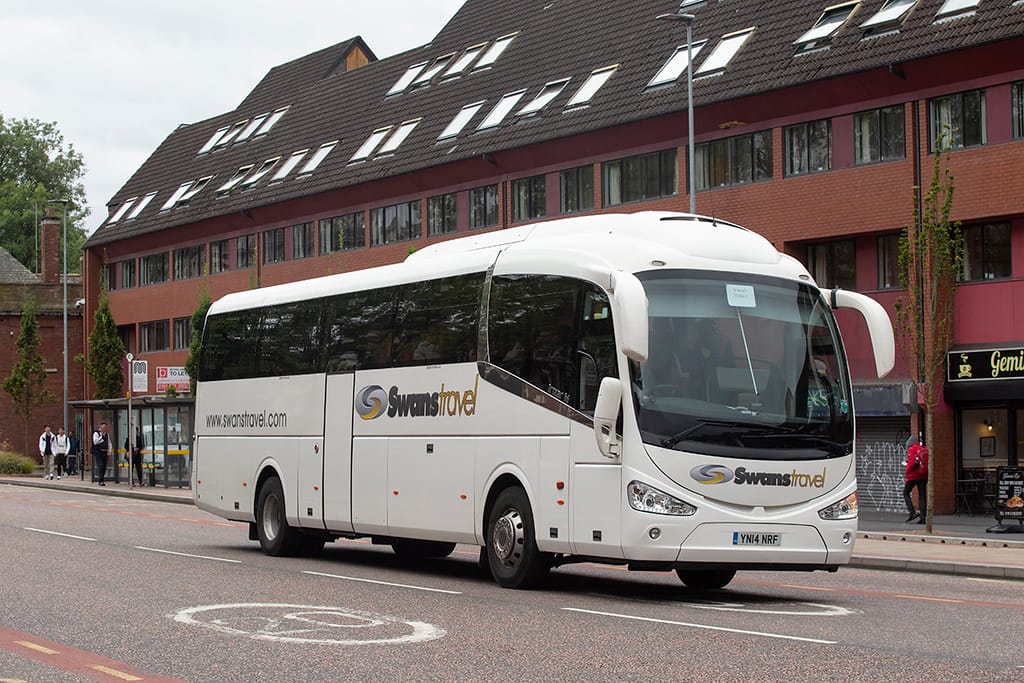
[help]
Powerfleet Solutions Drive Swans Travel Limited’s Commitment to Safer Roads and Reduced Emissions.

[help]
As a construction dealer, you play a pivotal role within this dynamic industry. Elevate Your Construction Dealership with Enhanced Operational Performance
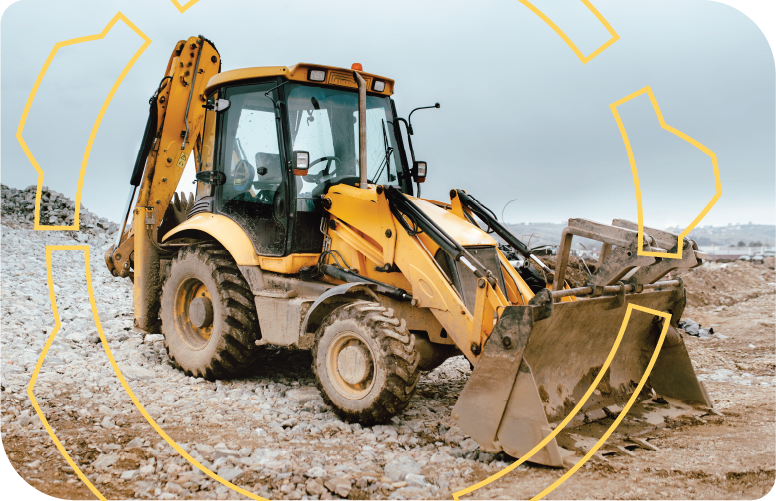
[help]
The Powered Asset Gateway is an asset tracking solution that offers continuous, real-time visibility while in transit
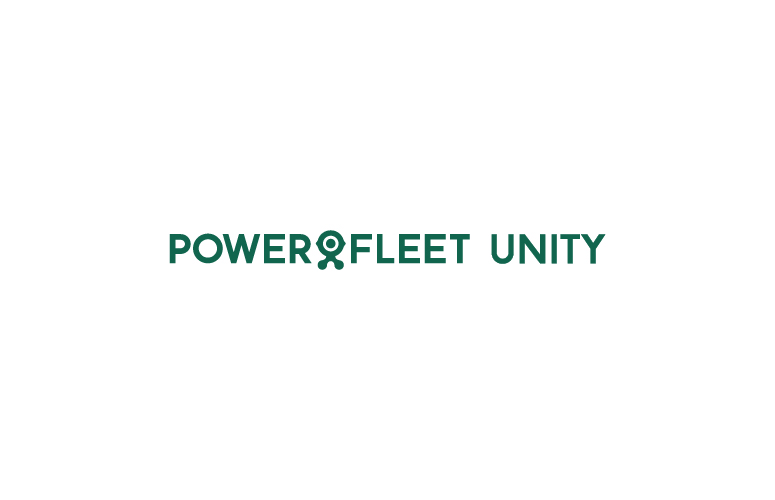
[help]
The Unity ecosystem streamlines your data, giving you near real-time, decision-grade insights that connect your assets, vehicles, and people—all under one roof.